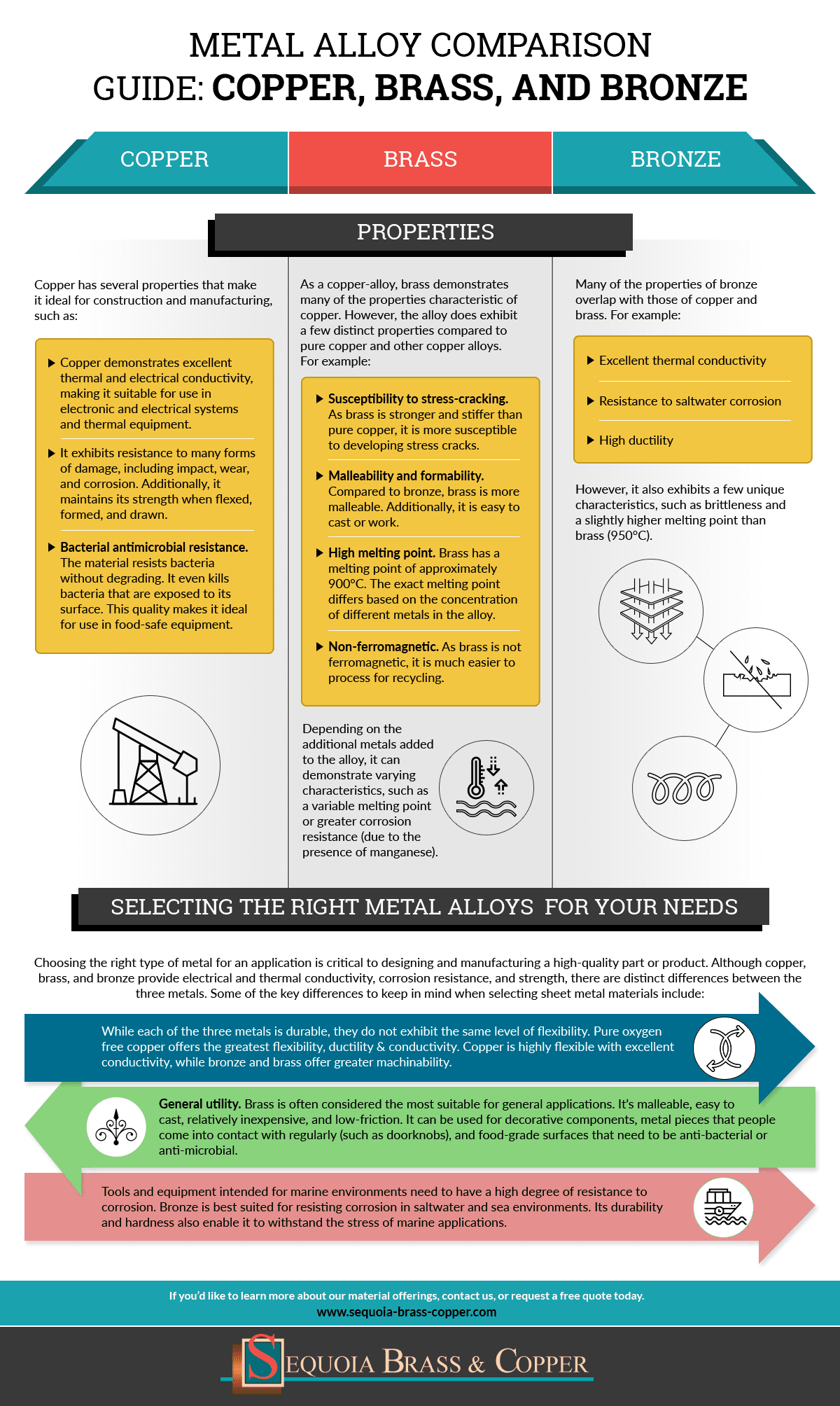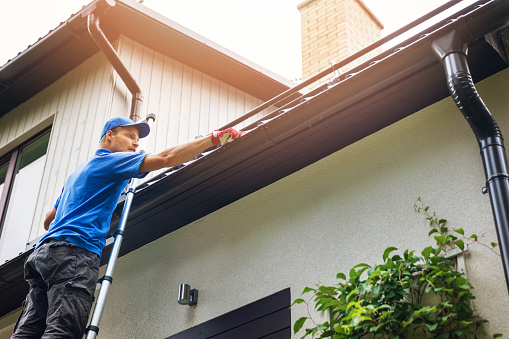Us government approved for incidental food contact they are nontoxic and meet the common regulations for food processing globally while projecting a look and feel of food hygiene and safety.
Architectural sheet metal manual food safe.
Checklists are included for ductwork and fire dampers.
Food safe metal coating 3.
Made of buna n rubber they resist oil water and salt so they hold up in a variety of processes.
Steel it is approved in the us by the us department of agriculture and internationally as safe for incidental food contact.
Architectural sheet metal manual seventh edition iii foreword this seventh edition of the architectural sheet metal manual has many changes and several additions.
Manufacturers have to meet strict requirements for all of their food handling and processing equipment.
Steel it protective food safe coatings are the industry standard for use in food processing environments due to their permanent durability corrosion resistance and safety.
Make tight seals to prevent leaks in food processing facilities these buna n gaskets contain metal additives so they can be picked up by metal detectors helping you comply with hazard analysis and critical control point haccp programs.
New to the publication are design considerations for free standing stacks under resonant vibration established limits on stacks fitted with testing platforms larger stack selection diameters and consideration of custom designed anchoring systems.
This means that steel it works on the outside of the machines and on any internal parts that do not come into prolonged contact with food.
All of these requirements must be met for a metal to be considered food safe however not just any food safe metal will do when it comes to manufacturing food products.
Replaced in a 1900 renovation.
Technically this isn t a food grade coating for metal but rather a type of finishing process for food safe steel.
Changes in clude new chapters and details on penetrations additional and revised tables in support of commentary and illustra.
Using the wrong kind of metal for a food manufacturing process could have disastrous results.
In many instances rather than using a coating food manufacturers will use uncoated metal that has been specially finished to enhance smoothness and resistance to corrosion.
The variety of finishes used on architectural metals like other aspects of building technology becomes increasingly complex.
History of architectural metals first used by the ship building industry lead used in the 1500s with rolled copper use starting in late 1600s new york city hall used copper for roofing circa 1764 a copper roof was used on the rebuilt old senate chamber in 1819.
These drawings illustrate the best practices in custom architectural sheet metal work.


























